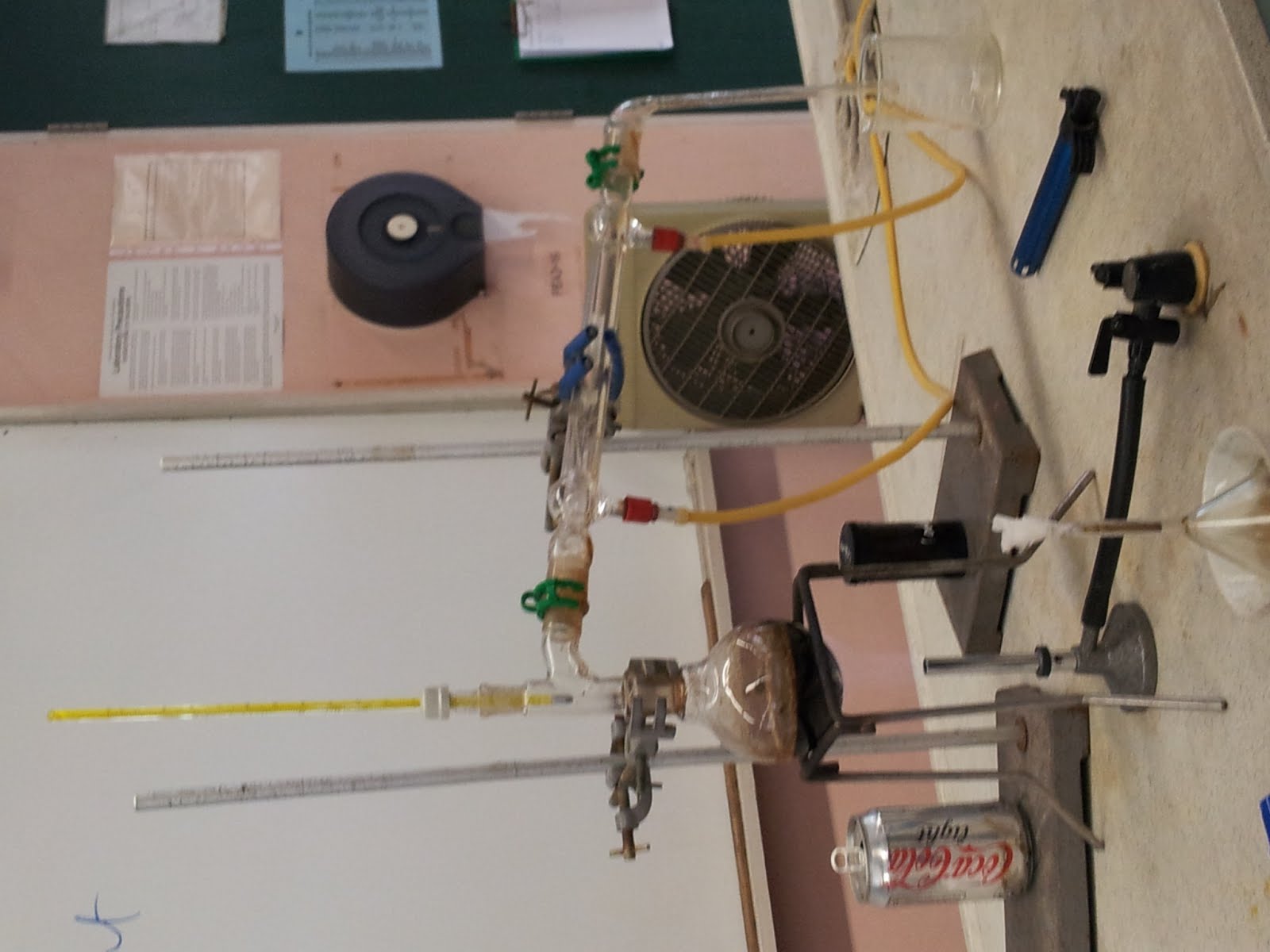Aims
1. To observe and compare the properties of
compounds and mixtures made up of the same constituent elements.
2. Thus, infer some common characteristics
of mixtures and compounds that can be used to distinguish them.
Procedure
and Observations
Part A: Investigating a mixture of elements
1. Observe and record the appearance
(colour and state) of some iron filings and sulfur powder:
Appearance of iron filings: black, solid
(powder)
Appearance of sulfur power: yellow, solid
(powder)
2. Observe and record the physical
properties of mixture of iron and sulfur.
i. Place a spatula of iron filings and a
spatula of sulfur powder on a piece of filter paper. Mix them together,
ii. To form a mixture, can the iron filings
and sulfur be mixed in any proportion?
Observation: Yes they can be mixed in any
proportion to form a mixture.
iii. Feel the mixture (from the bottom of
the filter paper). Does it feel warm?
Observation: No
iv. Move a magnet under the filter paper.
Does the magnet separate the mixture of elements?
Observation: Yes, the magnet separates the
iron filings from the sulfur powder. The magnet attracts the iron filings,
therefore separating the two elements.
v. Add iron and sulfur mixture into a text
tube of water. Stir the mixture and then let it stand for a while. Draw and
label what you see.
vi. Does water separate the mixture of
elements?
Observation: Yes
vii. Do the iron filings and the sulfur act
as separate substances or a single substance with water.
Observation: They act as separate
substances.
Conclusions:
·
The substances in a mixture can be mixed in any
proportion.
·
When a mixture is formed, heat and light are not
usually taken in or given out.
·
The mixture can be separated by physical means.
·
The mixture has the properties of its constituent
substances.
Part B: Mixture or Compound?
1. Mix one spatula of sulfur and half a
spatula of iron filings in a crucible.
2. Cover the crucible with a lid and heat
for 10 minutes using a strong flame.
Appearance of the residue after heating:
A black sold remained in the crucible.
Before heating, the solid mixture was heterogeneous with specks of yellow and
grey.
Does the magnet separate the residue into
iron and sulfur?
No.
Add the residue to water. Stir and allow
the mixture to stand. Draw and label what you see.
Conclusion: The residue formed is a compound. The elements
can no longer be easily separated by physical methods and they lose their
original properties – e.g. iron was no longer magnetic when it formed a
compound).

.jpg)






.JPG)

